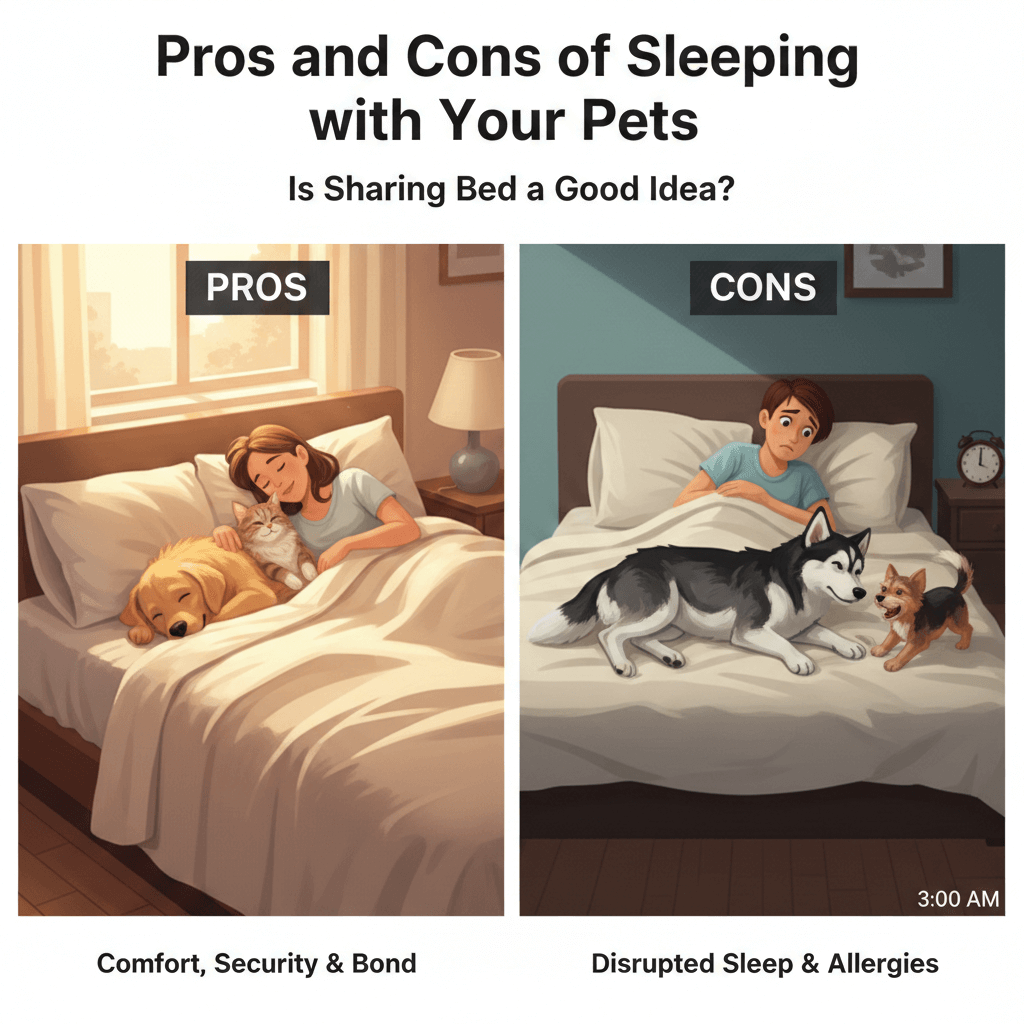Cats’ diets tend to be very different from that of humans, needing more animal-based fats and proteins and less carbohydrates and plant-based proteins. And part of taking care of them is to provide them with a balanced and nutritious diet. Moreover, there are several types of cat food that every cat lover should know about. So, we have compiled a list of the ten best types of cat food that we believe every cat lover should know about.
Ten different types of cat food and characteristics
Let’s get started:
1. Dry cat Food
Dry cat food or Kibble is one of the most popular types of cat food available and is a widely used type of cat food. Dry cat food is typically made in small crunchy by combining meat, grains, vegetables, and other ingredients in proportions that are considered ideal for cats. Part of the reason for the popularity of dry food is that it has a longer shelf life and is convenient to store. However, it also offers invaluable health benefits for your cats, including promoting dental health by reducing plaque and tartar buildup. It is available in various formulas tailored for different life stages, breed sizes, and dietary needs.
2. Semi-Moist Cat Food
Semi-wet cat food, as its name suggests, has a moisture content higher than dry food but lower than wet food. It too often comes in small, chewy pieces that are convenient to serve. Semi-moist cat food is known for its palatability and may help with maintaining the hydration of cats, but it may also contain more artificial additives and preservatives compared to other types. Further, it has a lower shelf-life compared to dry cat food.
3. Raw cat Food
Raw cat food, also sometimes called BARF (Biologically Appropriate Raw Food) diet, is another excellent type of cat food. It consists of uncooked and minimally processed ingredients. As its name suggests, it contains raw meat, bones, fruits, vegetables, and sometimes additional supplements. The idea behind this diet is that it mimics a cat’s natural diet and thus can offer several potential benefits, such as improved coat condition, dental health, and digestion. However, it requires careful planning to ensure a balanced and complete diet using this type of food, and there are potential risks associated with handling raw meat.
4. Freeze-Dried or Dehydrated cat Food
Freeze-dried or dehydrated cat food is typically made by removing moisture from the ingredients while preserving their nutritional value. These types of foods often require rehydration by adding water before they can be served. They can offer the convenience of dry food in combination with the potential benefits of raw food, as they are very minimally processed and thus retain much of the natural nutrients. They are also lightweight and have a longer shelf life.
5. Grain-Free cat Food
Grain-free cat food is another excellent type of cat food. As its name suggests, it excludes grains like wheat, corn, and soy but often uses alternative carbohydrate sources such as potatoes, sweet potatoes, or peas. Grain-free diets are thus typically marketed for cats with food sensitivities or allergies. Ensuring a balanced diet for your cat is doubly essential if they are being fed this type of food. Further, it makes sense to offer grain-free food to cats as they don’t need that many carbohydrates anyway.
6. Limited Ingredient Cat Food
As its name suggests, limited ingredient cat food is formulated with a limited number of ingredients to minimize the risk of food sensitivities or allergies. Such cats need a Limited Ingredient Diet (L.I.D.). The diets based on such food typically contain a single source of protein and a few easily digestible carbohydrates. They are typically beneficial for cats with known food sensitivities or for elimination diets when identifying specific allergies.
7. Veterinary Prescription Cat Food
As their name suggests, prescription cat food is specifically formulated for addressing specific health conditions like ike urinary issues, kidney disease, diabetes, gastrointestinal problems, or dietary needs in cats. These diets are typically used only recommended by veterinarians and may require a prescription before you can buy them.
8. Senior cat Food
As cats grow older, their nutritional requirements change as their metabolism slows down, and they may require fewer calories. Senior cat food is designed to meet such changing dietary needs of older cats. Senior cat food often contains lower levels of fat and calories and thus can prevent weight gain and may also have added ingredients to support joint health, digestion, and cognitive function. These diets can be tailored to address the unique requirements of aging cats.
9. Weight Management Cat Food
As its name suggests, Weight management cat food is specifically formulated to help overweight or obese cats achieve a healthy weight. These diets tend to have reduced calorie content, higher fiber levels and added nutrients to support weight loss and maintain muscle mass. It’s crucial to follow feeding guidelines and consult a veterinarian for a proper weight management plan.
10. Organic or Natural Cat Food
Last but not least, in this list of types of cat food is organic or natural cat food. As its name suggests, it is made with ingredients that are grown without synthetic pesticides, hormones, antibiotics, or genetically modified organisms (G.M.O.s). This type of food also tends to have minimal processing often and may exclude artificial additives or preservatives. The idea behind going for organic or natural cat food is that it will provide a more wholesome and environmentally friendly option for cat owners.
Frequently Asked Questions (F.A.Q.s)
There are several questions that the readers may have about different types of cat foods and how to use them best. The following are some of the most Frequently Asked Questions (F.A.Q.s):
Question: How to choose the best cat food?
Answer: The following tips may help you choose the best cat food:
- Ensure that your cat is properly hydrated, particularly if the cat food you are using is dry.
- Consider the cat’s sensitivities and allergies when choosing the right cat food.
- Consult a veterinarian while selecting the ideal cat food.
Question: Can’t cats eat the same food as me?
Answer: cats have nutritional requirements that are different from humans and, as such, may not thrive on food meant for humans.
If the reader has any other questions, they should feel free to ask them here.
The Bottom Line
One can easily wrap up the above discussion by concluding that there are several different types of cat food, and one must choose the best diet for one’s cat carefully after research and consultation with one’s veterinarian.







